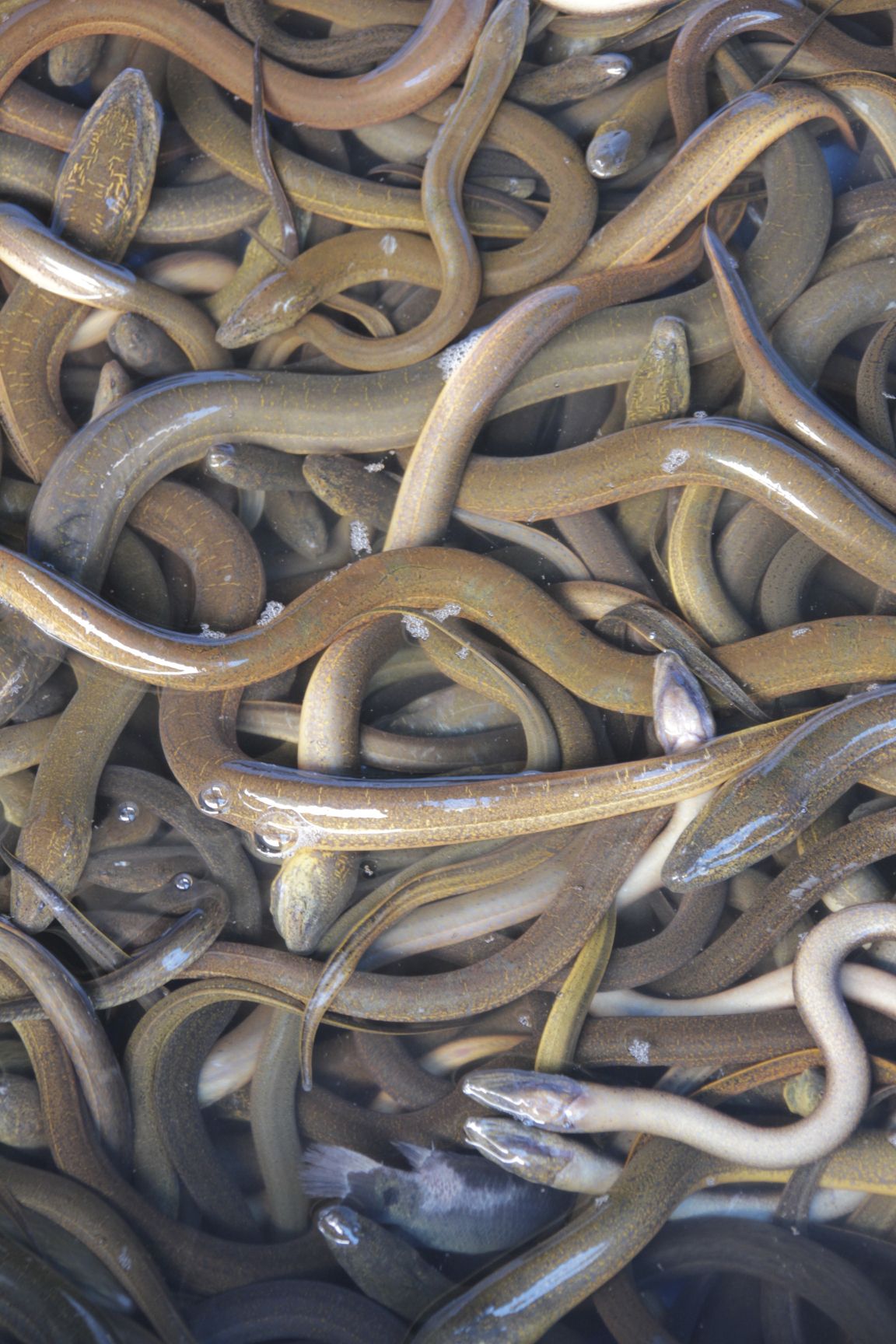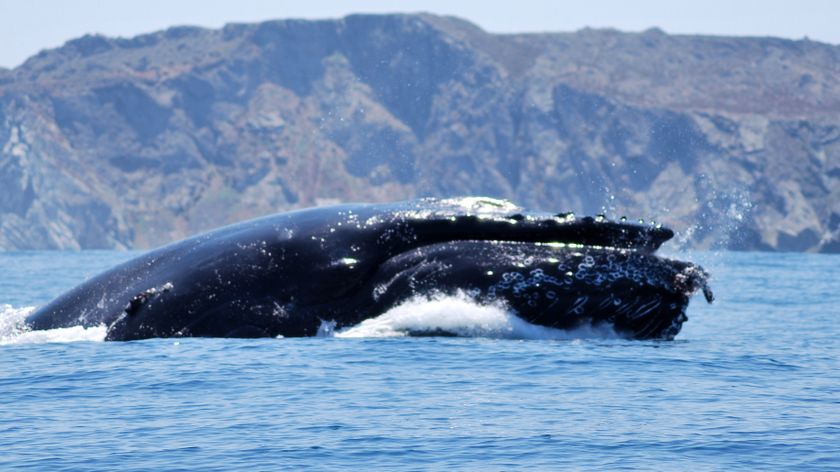Whales Gobble Up Endangered European Eels

Rare European eels are thought to cross the Atlantic Ocean to breed, but not all of them finish the ambitious voyage. Some meet their end in the bellies of deep-diving whales, new research reveals.
Not only does the finding underscore the risks European eels face during their epic migration, but it also shows that whales may have a previously unknown appetite for eels.
Considered critically endangered, European eels (Anguilla anguilla) are found in increasingly small numbers in rivers, lakes and brackish waters across the continent from the Mediterranean to Scandinavia. Scientists think the fish travel thousands of miles each year to get to the Sargasso Sea, a calm expanse in the middle of the North Atlantic that is warmer, saltier, bluer and clearer than the surrounding waters. [Quest for Survival: 17 Amazing Animal Migrations]
To better understand the eels' journey to their faraway spawning territory, scientists in Denmark in 2009 and 2010 fixed dozens of the fish with satellite tags that could track the creatures' location, temperature and depth.
In the data from three of the 35 eel-tags that have been recovered, the scientists observed a strange pattern, in which the temperature suddenly jumped from a chilly 50 degrees Fahrenheit (10 degrees Celsius) to 86 degrees F (30 degrees C) and then kept rising to 96.8 degrees F (36 degrees C) over the next few hours.
The pattern of movement also changed dramatically. For these three tags, the initial temperature spike occurred below 1,968 feet (600 meters) and was followed by repeated ascents to the surface.
In each case, a predatory marine mammal likely swallowed the eel, and as the unlucky creature entered a warm stomach, the temperature of their tags rose, climbing even higher as digestion got underway, the scientists say.
Sign up for the Live Science daily newsletter now
Get the world’s most fascinating discoveries delivered straight to your inbox.
Grey seals, harbor seals and several species of toothed whales populate the area of the eastern Atlantic where these eels were eaten. The pattern of movement in the tags closely mimics the diving habits of short-finned pilot whales (Globicephala macrorhynchus).
"It turns out that eels are hunted and eaten by whales," study researcher Magnus Wahlberg, a biologist at the University of Southern Denmark, said in a statement. "It happens in surprisingly deep waters where we normally think that the eels would be safe."
What's more, eel carcasses have rarely been found in the stomachs of whales. In fact, the researchers could only find one scientific account whales eating eels from the last 120 years (in the form a French paper published in 1896).
"It might be quite common for whales to hunt eel in deep water and that we just have never seen it before," Wahlberg added. "This knowledge may be important for understanding how marine deep-water ecosystems function."
The findings were detailed in the journal Deep Sea Research Part I: Oceanographic Research Papers.
Follow Megan Gannon on Twitter and Google+. Follow us @livescience, Facebook & Google+. Original article on Live Science.












